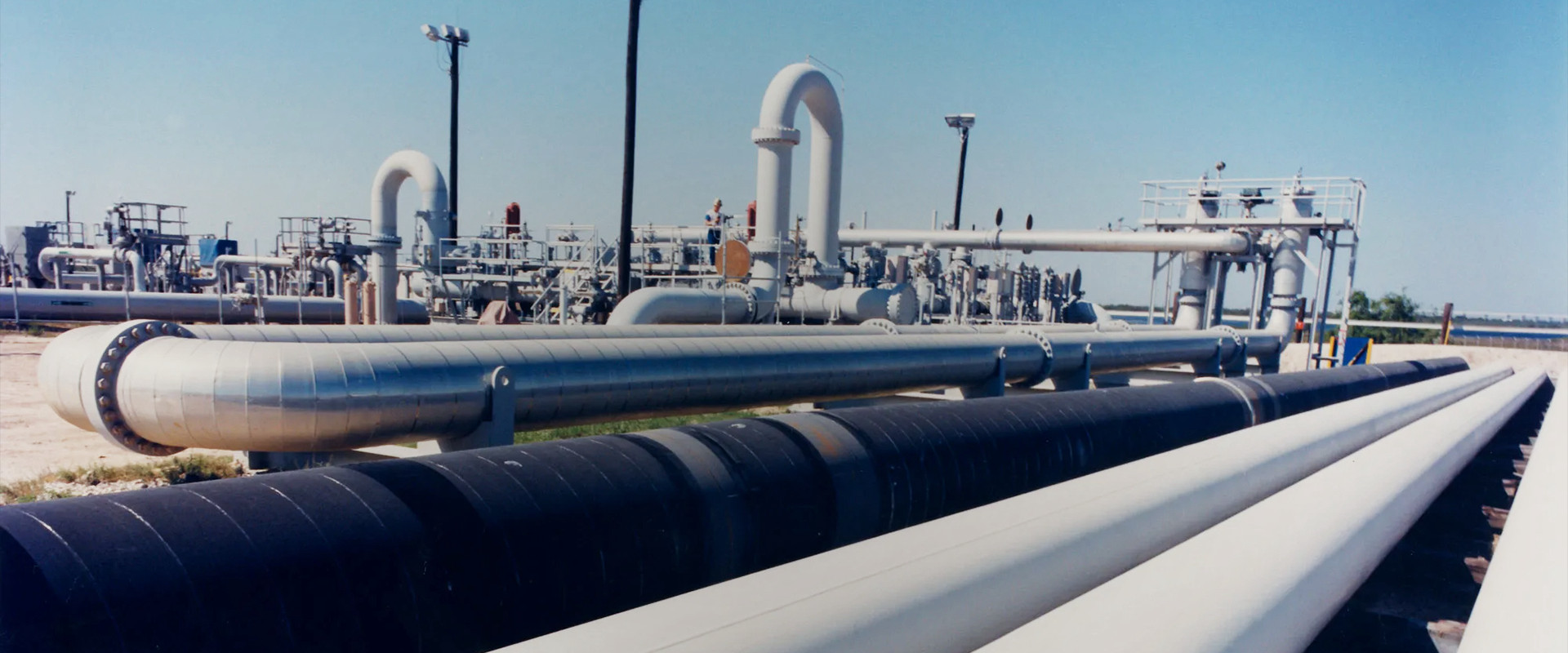-
Cangzhou Yulong Steel Co., Ltd.
-
Phone:
+86 13303177267 -
Email:
admin@ylsteelfittings.com
- English
- Arabic
- Italian
- Spanish
- Portuguese
- German
- kazakh
- Persian
- Greek
- French
- Russian
- Polish
- Thai
- Indonesian
- Vietnamese
- Zulu
- Korean
- Uzbek
- Hindi
- Serbian
- Malay
- Ukrainian
- Gujarati
- Haitian Creole
- hausa
- hawaiian
- Hebrew
- Miao
- Hungarian
- Icelandic
- igbo
- irish
- Japanese
- Javanese
- Kannada
- Khmer
- Rwandese
- Afrikaans
- Albanian
- Amharic
- Armenian
- Azerbaijani
- Basque
- Belarusian
- Bengali
- Bosnian
- Bulgarian
- Catalan
- Cebuano
- China
- China (Taiwan)
- Corsican
- Croatian
- Czech
- Danish
- Esperanto
- Estonian
- Finnish
- Frisian
- Galician
- Georgian
- Kurdish
- Kyrgyz
- Lao
- Latin
- Latvian
- Lithuanian
- Luxembourgish
- Macedonian
- Malgashi
- Malayalam
- Maltese
- Maori
- Marathi
- Mongolian
- Myanmar
- Nepali
- Norwegian
- Norwegian
- Occitan
- Pashto
- Dutch
- Punjabi
- Romanian
- Samoan
- Scottish Gaelic
- Sesotho
- Shona
- Sindhi
- Sinhala
- Slovak
- Slovenian
- Somali
- Sundanese
- Swahili
- Swedish
- Tagalog
- Tajik
- Tamil
- Tatar
- Telugu
- Turkish
- Turkmen
- Urdu
- Uighur
- Welsh
- Bantu
- Yiddish
- Yoruba

Dec . 14, 2024 02:43 Back to list
en 1092 1 slip on flange
Understanding the EN 1092-1 Slip-on Flange Design, Applications, and Advantages
Flanges play a crucial role in the realm of piping systems, allowing for secure connections and facilitating maintenance and repairs with relative ease. Among the various types of flanges, the EN 1092-1 slip-on flange stands out due to its design and versatility. This article delves into the specifications, applications, and benefits of the EN 1092-1 slip-on flange, providing insights into why this component is essential in industrial settings.
What is an EN 1092-1 Slip-on Flange?
The EN 1092-1 standard defines specifications for flanges and their associated fittings used in piping systems. A slip-on flange, as the name suggests, is designed to slip over the end of a pipe. After slipping the flange onto the pipe, it is welded in place to prevent any fluid leakage and ensure structural integrity.
Welded connections are critical in maintaining pressure and preventing leakages in various applications, making the slip-on flange a reliable choice for many engineers and designers. The design typically features a flat face or raised face configuration, allowing for compatibility with various gaskets and bolting methods.
Key Characteristics
1. Material Specifications EN 1092-1 slip-on flanges are available in various materials, including carbon steel, stainless steel, and alloy steel. The choice of material often depends on the application, with considerations for factors like pressure, temperature, and the nature of the fluids being transported.
2. Pressure Ratings These flanges come in different pressure ratings, quantified in terms of PN (Pressure Nominal). This allows for the selection of a flange that can withstand specific pressure conditions, enhancing safety and reliability.
3. Size Range EN 1092-1 slip-on flanges are manufactured in a wide range of sizes, accommodating different pipe diameters and facilitating diverse applications.
4. Compliance Standards Adherence to EN 1092-1 ensures that slip-on flanges meet European standards for quality and safety, making them suitable for various industrial sectors.
Applications
The EN 1092-1 slip-on flange is utilized in several industries, including
en 1092 1 slip on flange

- Oil and Gas In this sector, the flanges are integral to the assembly of pipelines that transport crude oil and natural gas. Their ability to create strong, leak-proof seals is paramount in ensuring safe operations.
- Chemical Processing The chemical industry often requires robust piping systems that handle corrosive and hazardous materials. Slip-on flanges made from resistant materials provide the necessary durability and safety.
- Water Treatment In water treatment facilities, flanges are used to connect pipes and valves throughout the system, ensuring the efficient movement and treatment of water.
- Power Generation Power plants rely on intricate piping systems for cooling and steam generation processes. EN 1092-1 slip-on flanges help facilitate these vital functions.
Advantages of EN 1092-1 Slip-on Flanges
1. Ease of Installation The design of slip-on flanges allows for quick installation. Compared to other flange types, they reduce the labor and time required during assembly, making them an economical choice.
2. Versatility Their adaptability means they can be used in various applications across multiple industries. Their flexibility makes them suitable for different pipe sizes and materials.
3. Reduced Cost The simplicity of the slip-on design generally leads to lower manufacturing costs. This cost-effectiveness can benefit projects without compromising quality or safety.
4. Strong Joint When properly welded, slip-on flanges create a robust joint that can withstand significant pressure and is resistant to vibration and thermal expansion.
5. Maintenance-Friendly These flanges facilitate easy maintenance, allowing for easy disassembly when repairs or inspections are needed.
Conclusion
In conclusion, the EN 1092-1 slip-on flange is a fundamental component in modern piping systems, combining functionality, cost-effectiveness, and ease of use. Its wide range of applications in industries such as oil and gas, chemical processing, and water treatment underscores its importance in ensuring the safety and efficiency of fluid transportation systems. By understanding the specifications and advantages of this flange type, engineers and contractors can make informed decisions that enhance the performance and reliability of their piping infrastructure. As industries continue to evolve and expand, the relevance of the EN 1092-1 slip-on flange will persist, proving indispensable in myriad applications.
Latest news
-
ANSI 150P SS304 SO FLANGE
NewsFeb.14,2025
-
ASTM A333GR6 STEEL PIPE
NewsJan.20,2025
-
ANSI B16.5 WELDING NECK FLANGE
NewsJan.15,2026
-
ANSI B16.5 SLIP-ON FLANGE
NewsApr.19,2024
-
SABS 1123 FLANGE
NewsJan.15,2025
-
DIN86044 PLATE FLANGE
NewsApr.19,2024
-
DIN2527 BLIND FLANGE
NewsApr.12,2024
-
JIS B2311 Butt-Welding Fittings LR/SR 45°/90° /180°Seamless/Weld
NewsApr.23,2024











